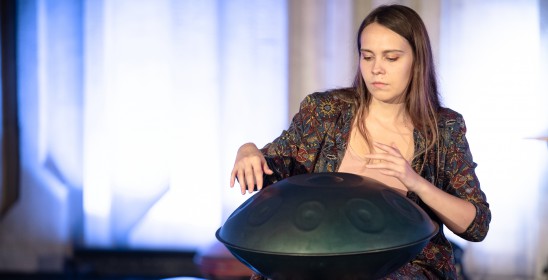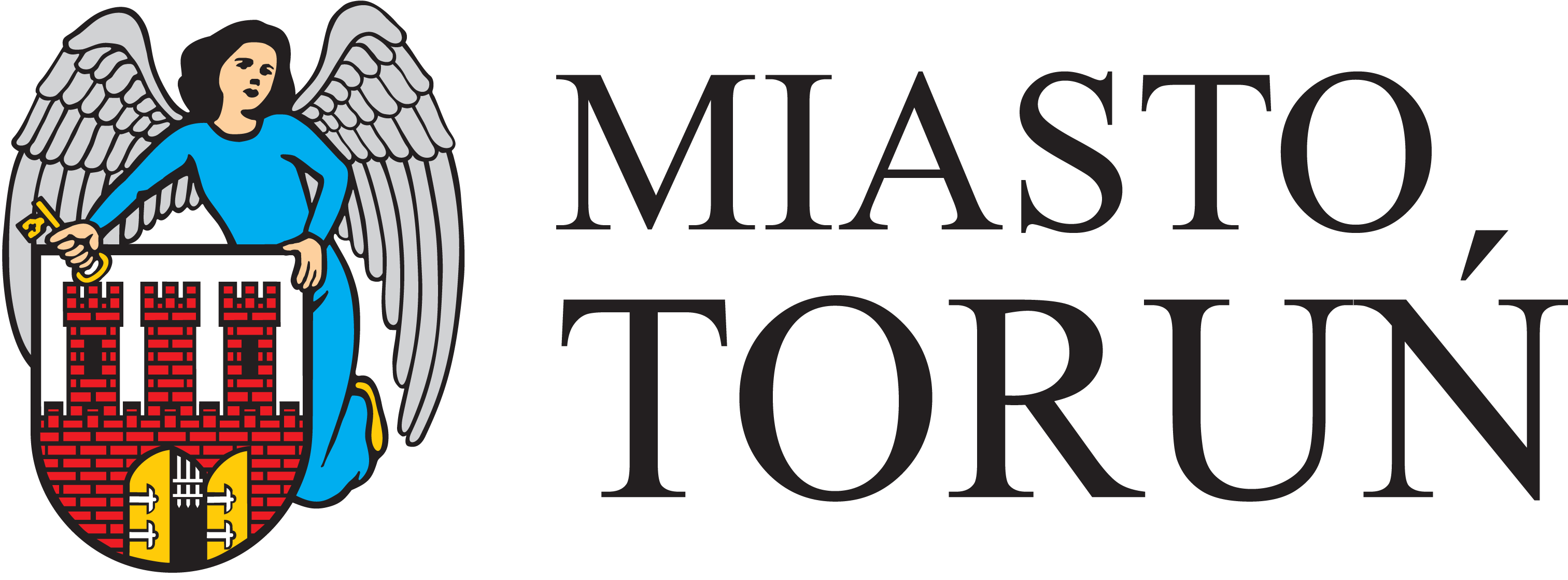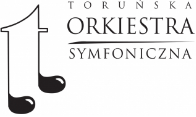Chamber music concert
The soloists invited to perform in this concert have garnered remarkable international acclaim. Audiences in Toruń have enjoyed Jakub Jakowicz’s play every time he visited the town to give his concerts. Anna Maria Staśkiewicz, known for her top-tier talent, has also taken part in a number of events organized by the symphony orchestra in her native town. For Avri Levitan, an eminent musician and the originator of the musical course Musethica, this will be the first visit to Toruń. The day before he will also give two concerts with the string quartet for audiences who have limited access to musical events: the patients at the Toruń hospice (‘The Light’) and the local mental health clinic.
Artists:
Jakub Jakowicz - violin
Anna Maria Staśkiewicz - violin
Avri Levitan - viola
Anna Merder - introduction
Programme:
W. A. Mozart – The G major Duo for violin and viola (KV 423)
H. M. Górecki - Sonata for Two Violins op.10
B. Martinů - Three Madrigals for Violin and Viola (Duo No. 1, H. 313)
A. Dvořák – Terzetto op. 74 for Two Violins and Viola
Mozart’s chamber music is particularly versatile, especially when compared with the oeuvres of Haydn of Beethoven, who concentrated mainly on string quartets and piano trios. Most Mozart’s works are characterized by melodious and vivid themes, the rapturous richness of harmony and uncommon coloristic effects. A talented violin and viola player, he often performed his own pieces as was also the case with this one, which he played with, among others, Michael Haydn (the younger brother of Joseph Haydn), who co-authored this composition. This duo together with five other works were composed for the archbishop Colloredo. The level of difficulty, without discrimination, is the same for both instruments. The viola part, transposed an octave lower and moved to the bass clef, is also suitable for cello.
The three-piece sonata begins with a lively bravura part (Allegro molto) comprised of the elaborate and serene midsection flanked by two energetic rhythmic parts. The midsection presents numerous imitations of melodic motifs, echoed one after another by the performing artists. The second part (Adagio sostenuto) is short and equally gentle, even lyrical, and leads directly into the slightly grotesque, march-like finale (Andante con moto – con anima à la danse), which clearly resembles ‘The Soldier’s Tale’ by Igor Stravinsky. Undoubtedly, the sonata illustrates Górecki’s inclination for powerful and distinct contrasts, which is also characteristic for his later works, far removed from neo-classicist references.
Martinů, one of the most distinguished Czech composers and a neo-classicist, was an outstanding violinist already at the age of eight. His compositions, despite their fairly ordinary technique and sonic language, are markedly individual and directly expressive. The Madrigals, like most of Martinů’s compositions, are charged with many conventionalisms and inspired by folk music and mannerism. The piece was written during the composer’s stay in New York in 1947.
This Czech composer devoted much attention to chamber music, as can be seen in the number of his works belonging to this particular genre. As a multi-instrumentalist who played the violin, viola and piano, Dvořák often performed chamber music. Out of all Dvořák’s string trios, only Terzetto in C major op. 74 can be termed as a proper chamber music piece. He composed the piece in Prague in January 1887 for his neighbour Josef Kruis: the part written for him proved to be too difficult and the first performance was staged without the dedicatee. The atmospheric first part stands in contrast to the midsection, which harks back to baroque instrumental music. The Allegro moves on attacca to the Larghetto of a remarkable coloristic palette featuring a melodious passage framed in dotted and syncopated rhythms. The final movement of this graceful terzetto is a theme with variations recalling the music of Romani people of Hungary and emphatic opera recitatives leading to the orchestral coda.






